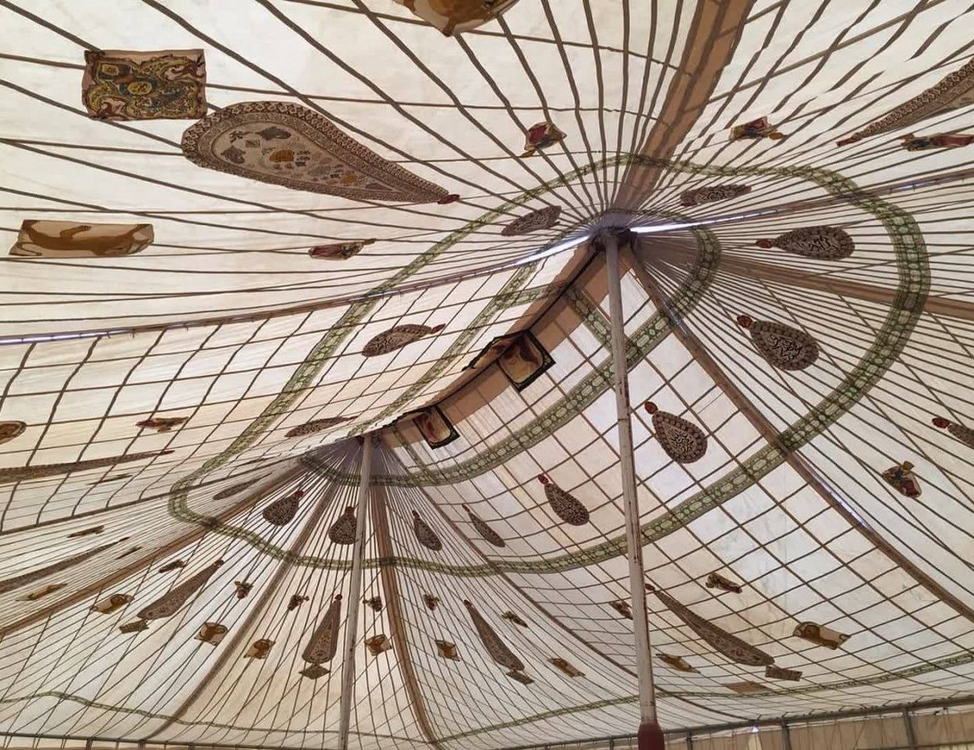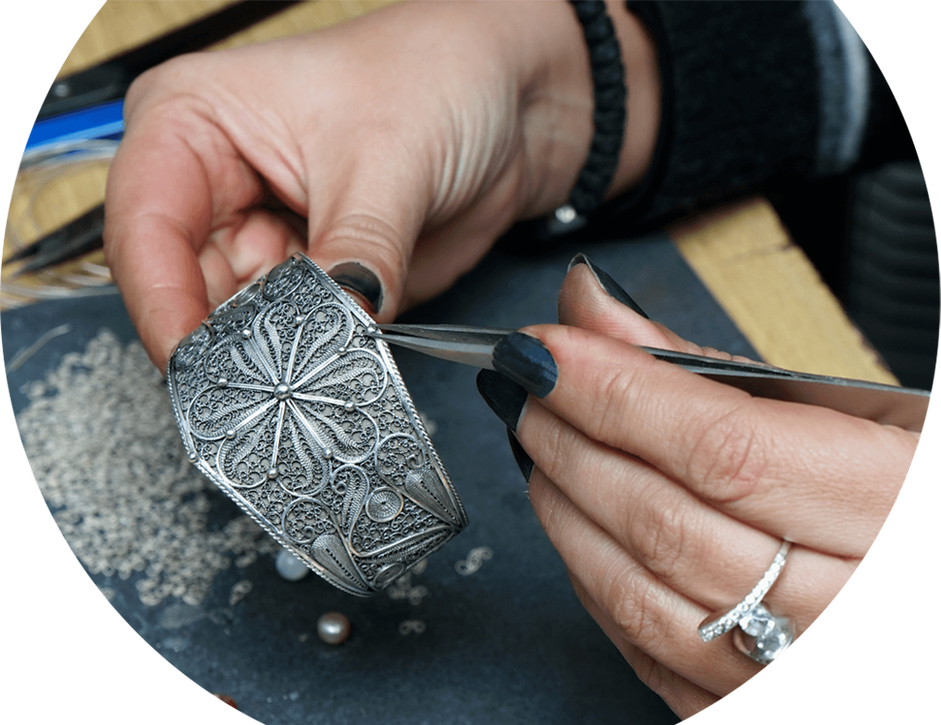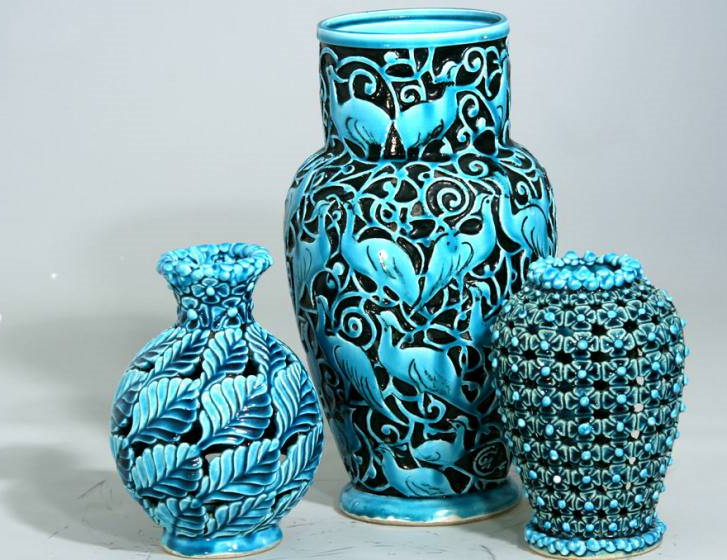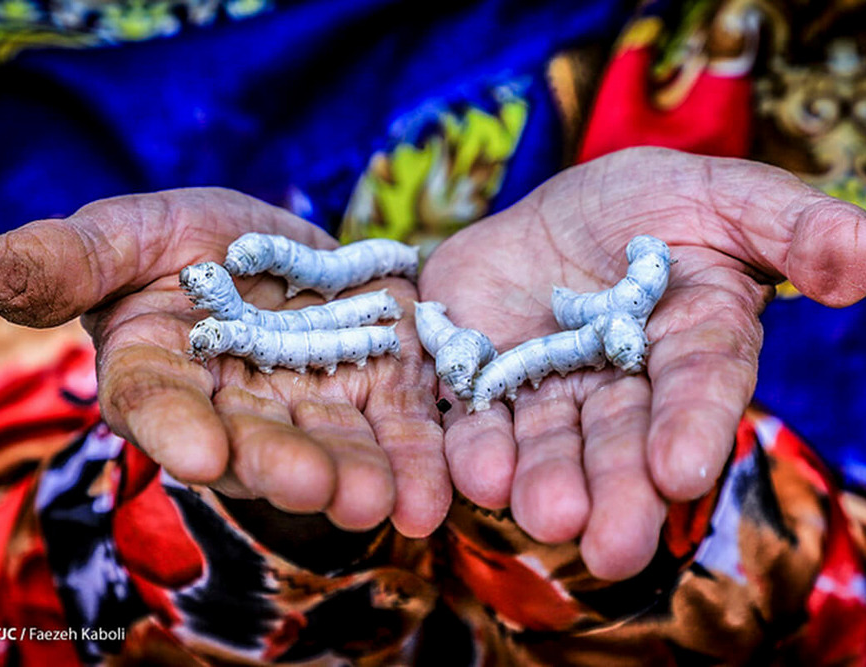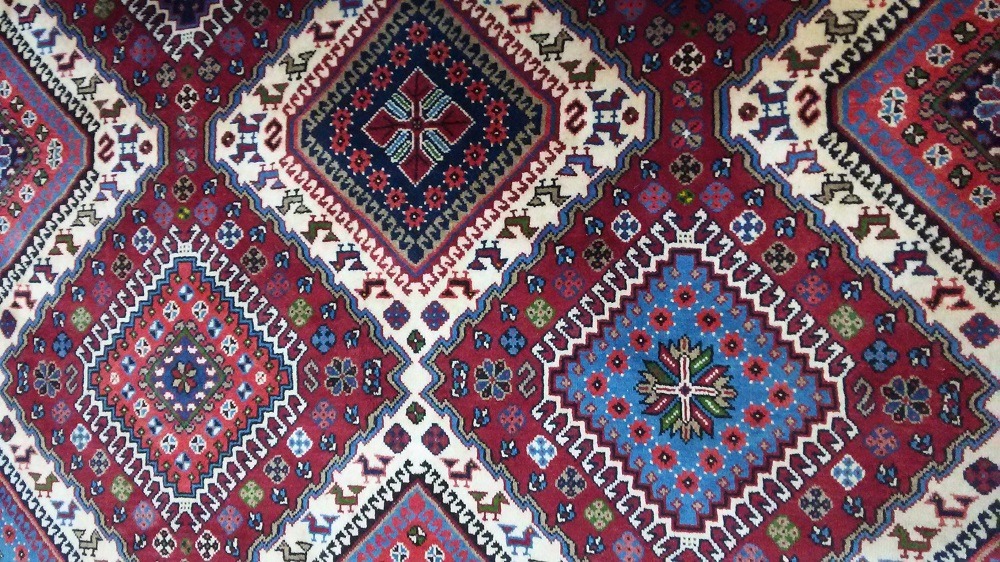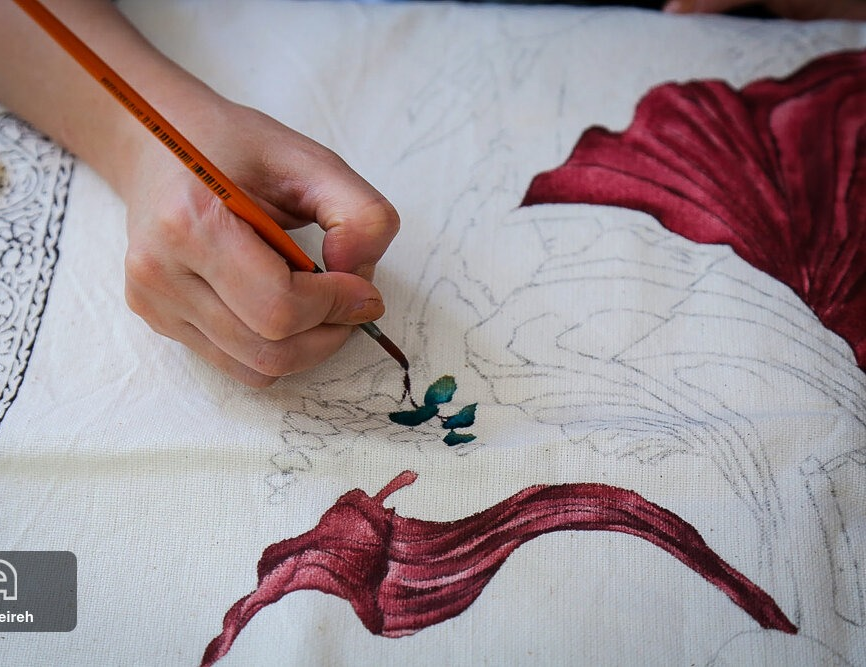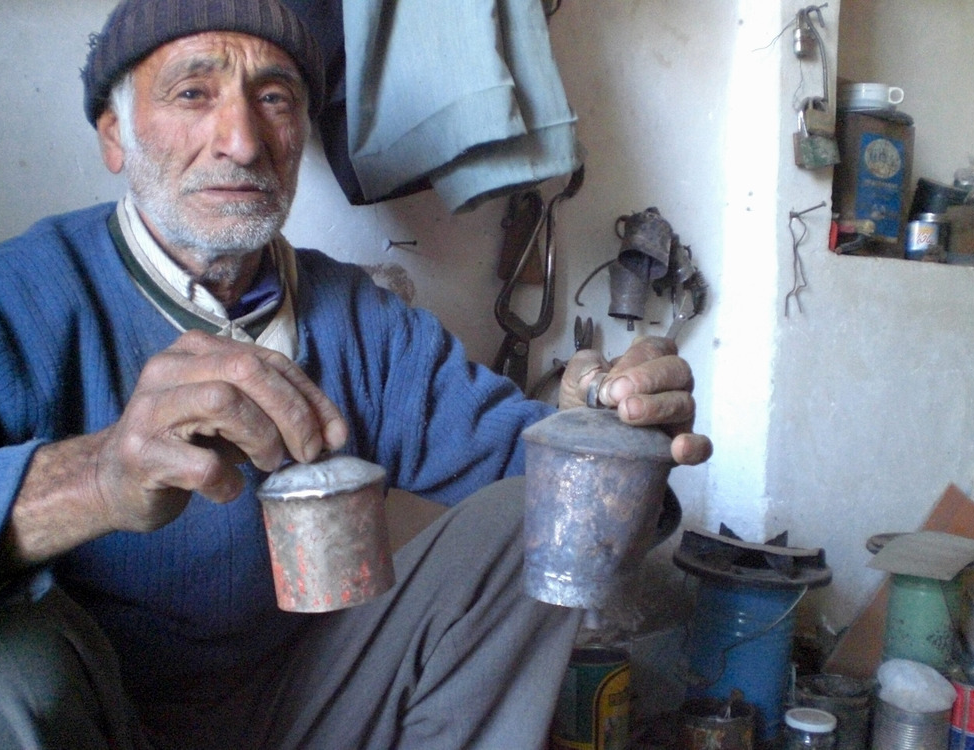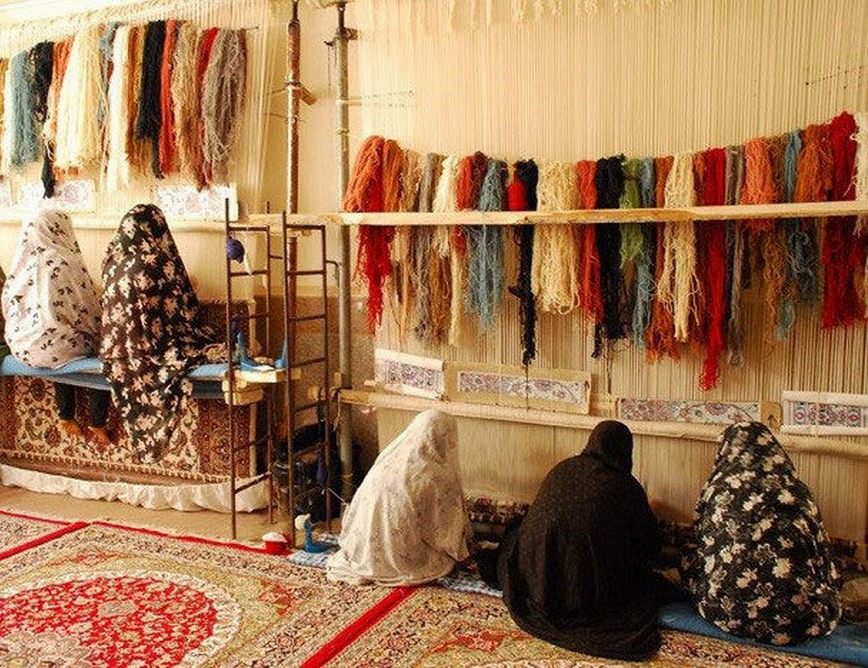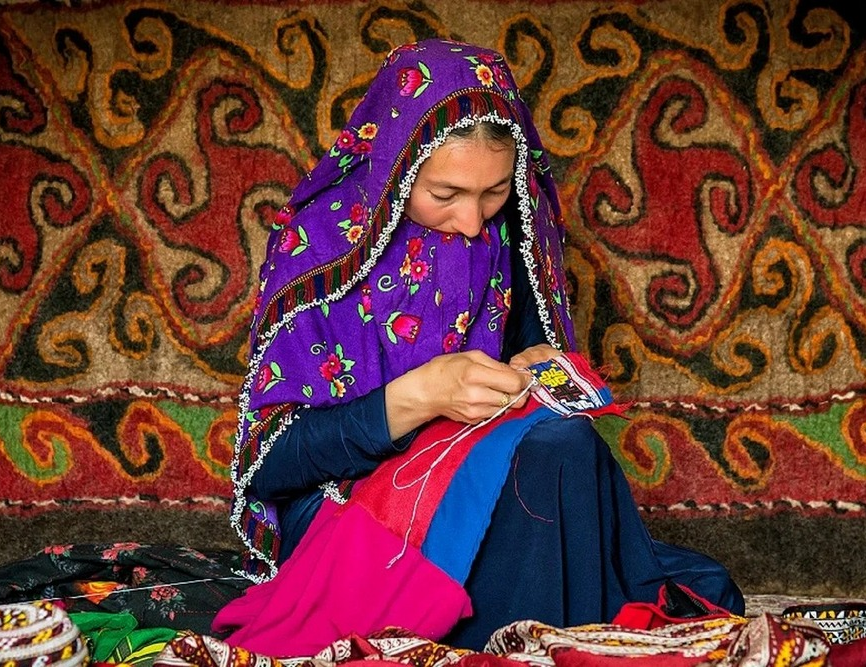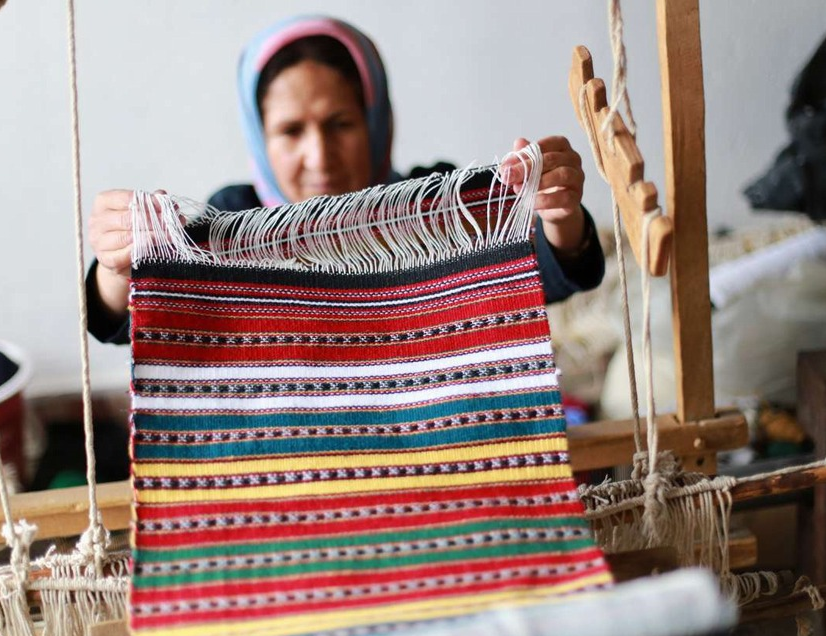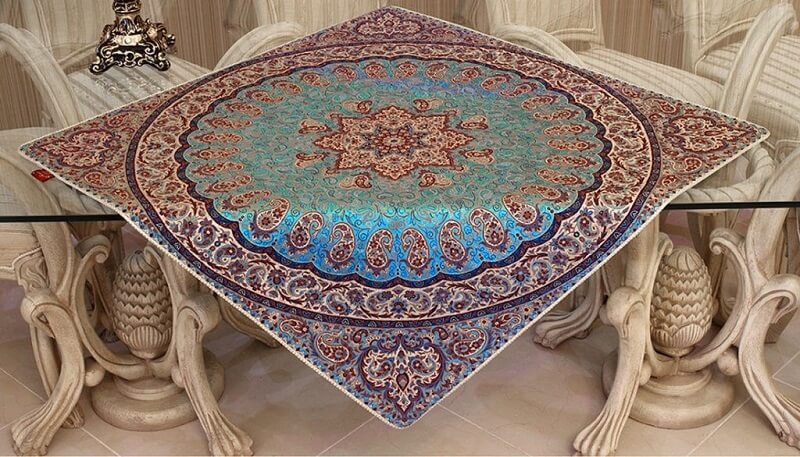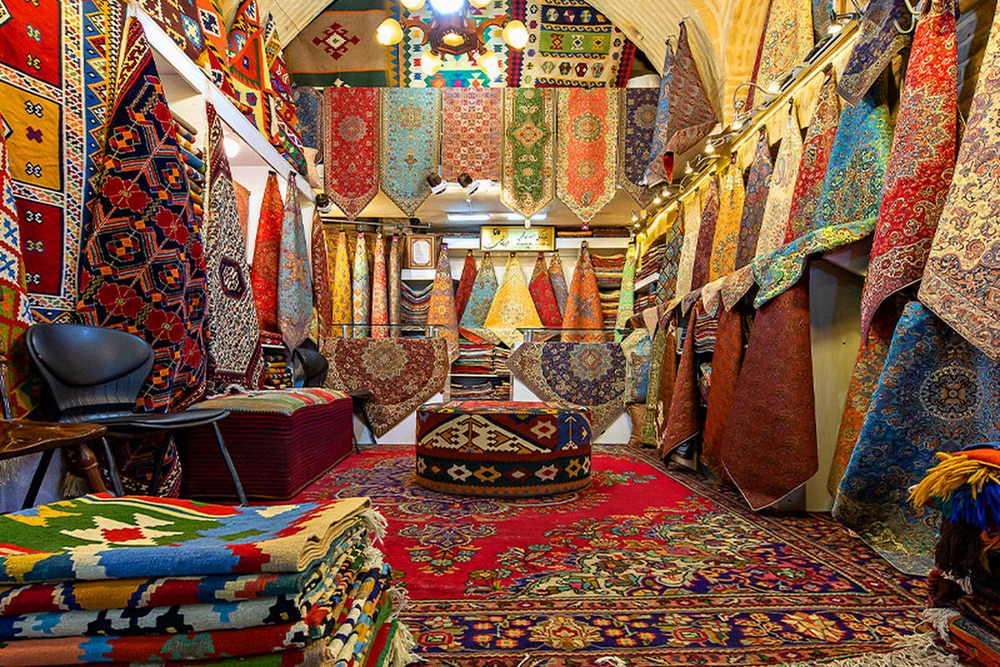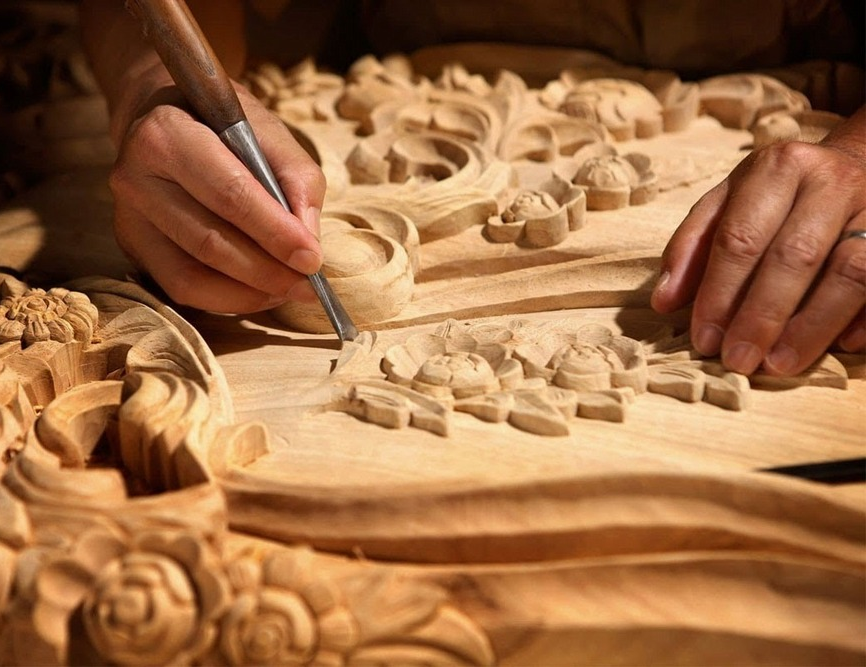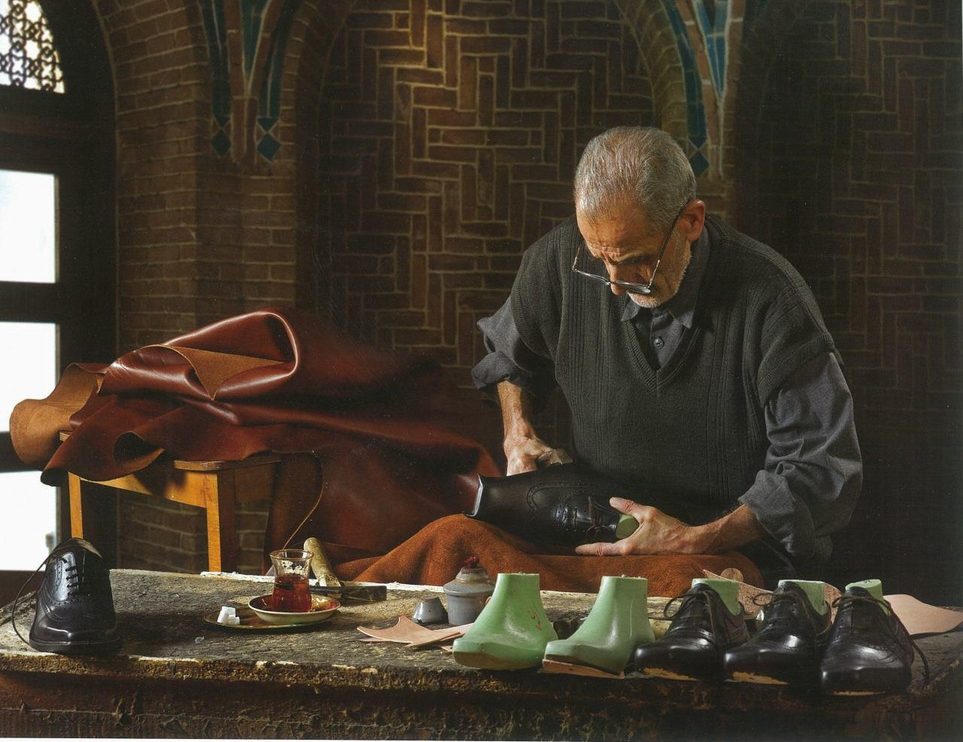
Sha’r Weaving: The Textile Art of the Desert People of Iran
In the past, the people of Yazd were great weavers and most of their handicrafts were formed around weaving and textiles. One of these arts that, like many other handicrafts, has lost its past prosperity today is Sha’r Weaving.
The overall traditional art of textile art of Yazd is called Sha’r Weaving and includes Ikat weaving, Ihrami weaving, cashmere weaving, and weaving handkerchiefs and traditional shawls. This craft is still alive in Yazd and some other cities of Iran, such as Kashan. The products of Sha’r Weaving can be considered one of the souvenirs of Yazd.
What Is Sha’r and Sha’r Weaving?
Some historical research shows that the history of Sha’r Weaving dates back to the early centuries of the arrival of Islam (7th and 8th centuries AD) but perhaps it may be possible to date back the heyday of Sha’r Weaving in Iran to 350 years ago when the woven fabrics by Sha’r Weaving craftsmen had a great reputation and a prosperous market.
Lexicologically, “Sha’r” refers to human and animal hair. In the textile industry, sha’r is a fabric that is woven with animal hair or wool, and the fibers and threads used in it are very delicate and thin. The instrument used for Sha’r Weaving was called the “Chaharvardi Weaving Machine”.
Working with Chaharvardi was very difficult until half a century ago and required a lot of experience and skill. But with the changes made by a young man named “Habibullah Khatam” in this device, it became much easier to work with it. Khatam added a piece called “chak” to the device that made working with it easier.
Sha’r Weaving Products
Sha’r is a simple cloth and usually without patterns. Of course, striped patterns are used in most types of these fabrics. Sha’r is mostly used for women’s clothes. The colors used in the production of poetry are warm colors such as crimson, red, purple, and yellow. Of course, the use of green and black and even floral motifs is not rare. Sha’r with black and white stripes are also produced to be used in men’s clothing.
Sha’r is woven in dimensions of two by 1.5 meters. Since a few decades ago, weavers put their names on the top and bottom of the fabric to somehow guarantee the fabric and replace it if there was a problem with the texture of the fabric.
Sha’r Weaving has always been a male profession, and a Sha’r Weaving artist produced one to two meters of fabric a day with the old instruments they used.
Being thin and cool, the fabric produced in Sha’r Weaving was more popular in warm regions. Therefore, Sha’r Weaving became more popular in the central regions of Iran, and cities like Yazd and Kashan became its main bases.
On the whole, Sha’r Weaving products can be summarized as follows:
- Zari Weaving: in which thin gold fibers were used. Zari fabrics were mostly used to produce luxurious clothes for courtiers and influential people. This craft has been popular in Iran since the prehistoric era.
- Curtain weaving: Curtain weaving workshops were active in Yazd until a few years ago, but no traces of them are left these days.
- Quilt cover weaving: The “Chaharvardi Weaving Machine” was mainly used for making quilt covers that were of decorative aspects. Today, other machines called “Haftvardi”, which have the ability to produce fabrics 3.5 meters wide, are used for making quilt covers.
- Bedcover weaving: This craft was usually used to produce bedcovers in dimensions of two-by-two meters with checkered designs and a combination of indigo, yellow, red, green, and black colors.
- Handkerchief: It was woven in three types of nomadic, silk, and fine alkaline style.
- Qanaviz (damask): This kind of fabric is no longer produced.
- Shamad weaving: It was a cotton or silk fabric that was used as a cover in summer. The thinness and lightness of this fabric made it suitable for warm summer nights.
- Ihrami weaving: It was mostly used by Hajj pilgrims and its dimensions were usually 70 x 100 or 90 x 120 cm.
- Dandani weaving: Zoroastrian clothing was sewn using this type of fabric. Dandani weaving was a very painstaking craft there is no sign of which anymore.
- Ikat weaving: Ikat was a cloth that was woven entirely from silk and natural and organic dyes were used for dyeing it. The products of this craft were used as tablecloths, embroidered boqcheh (bindle), and quilt covers. Ikat weaving is still considered a living craft, but there have been changes in its patterns that make it different from what was produced in the past.
Some historical research shows that the history of Sha’r Weaving dates back to the early centuries of the arrival of Islam (7th and 8th centuries AD) but perhaps it may be possible to date back the heyday of Sha’r Weaving in Iran to 350 years ago when the woven fabrics by Sha’r Weaving craftsmen had a great reputation and a prosperous market.
| Name | Sha’r Weaving: The Textile Art of the Desert People of Iran |
| Country | Iran |
| Cities | |
| Works | Knitting, sewing and textile |
| Registration | National |
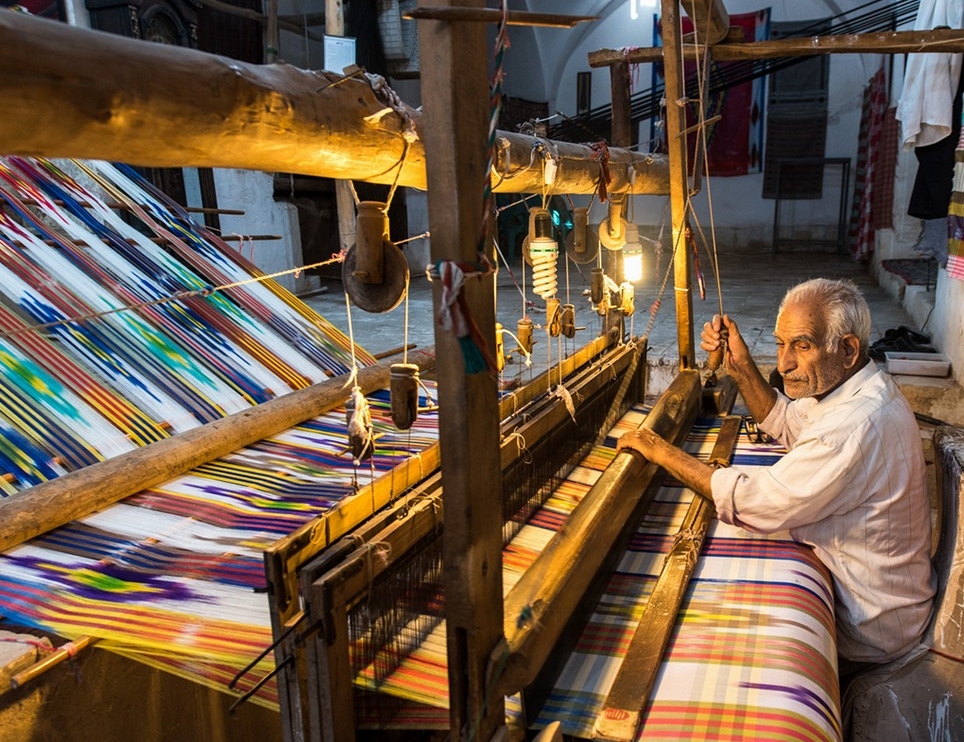
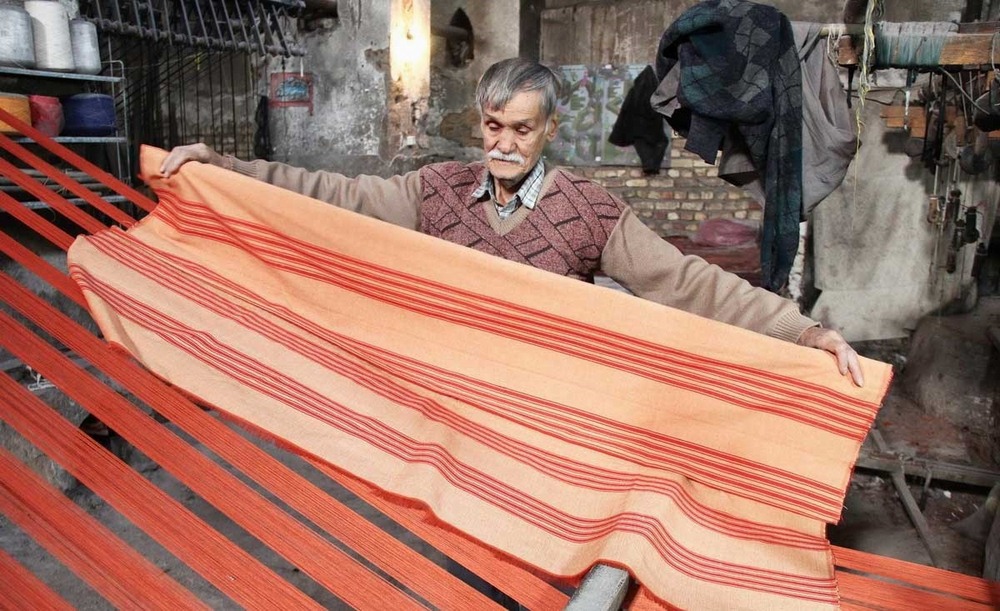
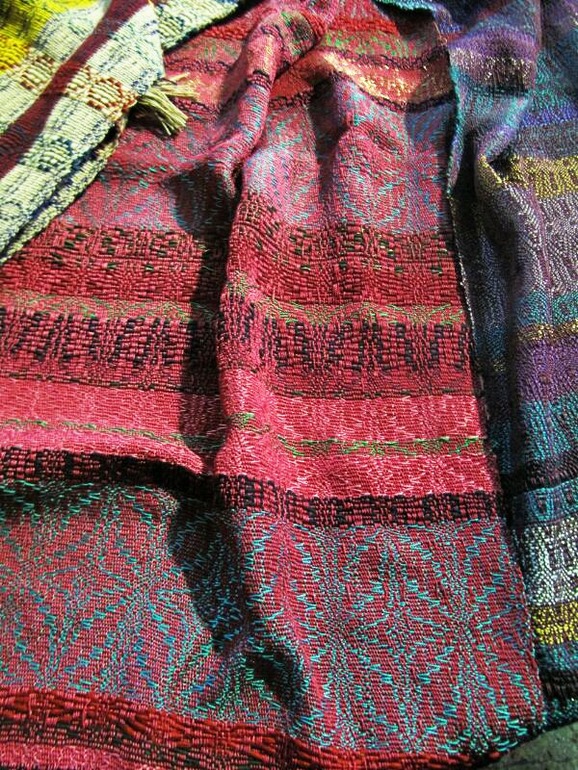



Choose blindless
Red blindless Green blindless Blue blindless Red hard to see Green hard to see Blue hard to see Monochrome Special MonochromeFont size change:
Change word spacing:
Change line height:
Change mouse type:
